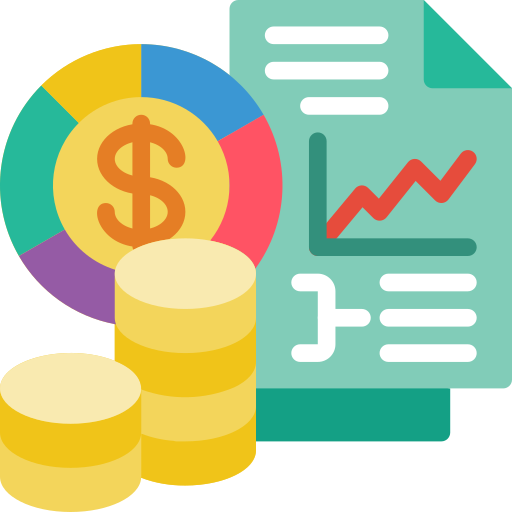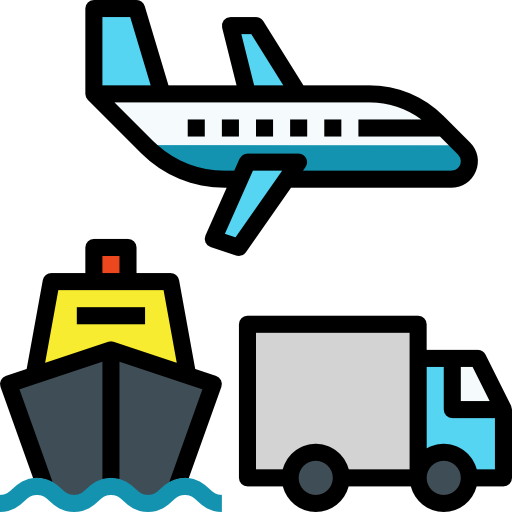Canada - Economy

How is the economy of Canada? Based on the information we have, Canada has a
high-income economy and second-largest US trading partner; key timber, oil, and gas industries; trade uncertainties and weak business investments contributing to economic slowdown; high and growing public debt; inflation moderating but remains above target range
. Key agricultural products in this country include: wheat, rapeseed, maize, milk, barley, soybeans, potatoes, peas, oats, pork (2023).More about the economy of Canada
| Labor force | 22.868 million (2024 est.) |
|---|---|
| Industrial production growth rate | 0% (2024 est.) |
| Industries | transportation equipment, chemicals, processed and unprocessed minerals, food products, wood and paper products, fish products, petroleum, natural gas |
| Population below poverty line | |
| Taxes and other revenues | 13.8% (of GDP) (2023 est.) |
| Fiscal year | |
| Exchange rates | |
| Currency | Canadian dollars (CAD) per US dollar - |
| Exchange rates 2024 | 1.369 (2024 est.) |
| Exchange rates 2023 | 1.35 (2023 est.) |
| Exchange rates 2022 | 1.302 (2022 est.) |
| Exchange rates 2021 | 1.254 (2021 est.) |
| Exchange rates 2020 | 1.341 (2020 est.) |
| Reserves of foreign exchange and gold | |
| Reserves of foreign exchange and gold 2024 | $119.778 billion (2024 est.) |
| Reserves of foreign exchange and gold 2023 | $117.551 billion (2023 est.) |
| Reserves of foreign exchange and gold 2022 | $106.952 billion (2022 est.) |
| Current account balance | |
| Current account balance 2024 | -$10.349 billion (2024 est.) |
| Current account balance 2023 | -$13.764 billion (2023 est.) |
| Current account balance 2022 | -$6.318 billion (2022 est.) |
| Public debt | |
| Public debt 2023 | 61.3% of GDP (2023 est.) |
| Budget | |
| Revenues | $428.312 billion (2023 est.) |
| Expenditures | $417.421 billion (2023 est.) |
| Budget surplus (+) or deficit (-) | |
| Remittances | |
| Remittances 2024 | 0% of GDP (2024 est.) |
| Remittances 2023 | 0% of GDP (2023 est.) |
| Remittances 2022 | 0% of GDP (2022 est.) |
| Household income | |
| Lowest 10% | 3.5% (2020 est.) |
| Highest 10% | 23.4% (2020 est.) |
| Average household expenditures | |
| On food | 9.7% of household expenditures (2023 est.) |
| On alcohol and tobacco | 3.5% of household expenditures (2023 est.) |
| Imports | |
| Imports 2024 | $733.778 billion (2024 est.) |
| Imports 2023 | $723.399 billion (2023 est.) |
| Imports 2022 | $731.058 billion (2022 est.) |
| Imports (partners) | USA 51%, China 11%, Mexico 6%, Germany 3%, Japan 3% (2023) |
| Comodities Imports force | cars, trucks, vehicle parts/accessories, refined petroleum, crude petroleum (2023) |
| Exports | |
| Imports 2024 | $733.778 billion (2024 est.) |
| Imports 2023 | $723.399 billion (2023 est.) |
| Imports 2022 | $731.058 billion (2022 est.) |
| Exports (partners) | USA 71%, China 5%, UK 3%, Japan 2%, Mexico 2% (2023) |
| Comodities Exports force | crude petroleum, cars, gold, natural gas, refined petroleum (2023) |
| Real GDP (purchasing power parity) | |
| Real GDP (purchasing power parity) 2024 | $2.341 trillion (2024 est.) |
| Real GDP (purchasing power parity) 2023 | $2.305 trillion (2023 est.) |
| Real GDP (purchasing power parity) 2022 | $2.271 trillion (2022 est.) |
| GDP (official exchange rate) | $2.241 trillion (2024 est.) |
| Real GDP Per capita | |
| Real GDP per capita 2024 | $56,700 (2024 est.) |
| Real GDP per capita 2023 | $57,500 (2023 est.) |
| Real GDP per capita 2022 | $58,300 (2022 est.) |
| GDP - composition, by sector of origin | |
| Agriculture | 1.6% (2021 est.) |
| Industry | 25.3% (2021 est.) |
| Services | 66.4% (2021 est.) |
| GDP - composition, by end use | |
| Household consumption | 54.4% (2023 est.) |
| Government consumption | 20.9% (2023 est.) |
| Investment in fixed capital | 22.9% (2023 est.) |
| Investment in inventories | 1% (2023 est.) |
| Exports of goods and services | 33.3% (2023 est.) |
| Imports of goods and services | -33.3% (2023 est.) |
| Unemployment rate | |
| Unemployment rate 2024 | 6.5% (2024 est.) |
| Unemployment rate 2023 | 5.5% (2023 est.) |
| Unemployment rate 2022 | 5.3% (2022 est.) |
| Youth unemployment rate (ages 15-24) | |
| Total | 13% (2024 est.) |
| Male | 13.8% (2024 est.) |
| Female | 12.1% (2024 est.) |
All Important Facts about Canada
Want to know more about Canada? Check all different factbooks for Canada below.









